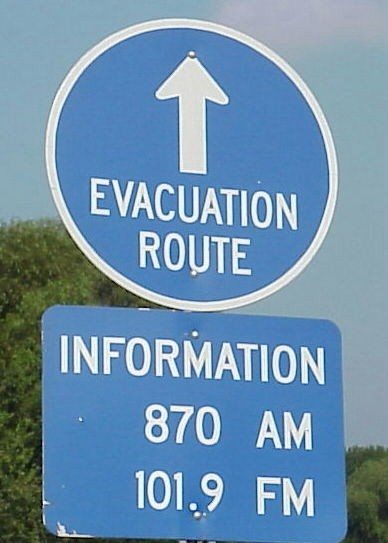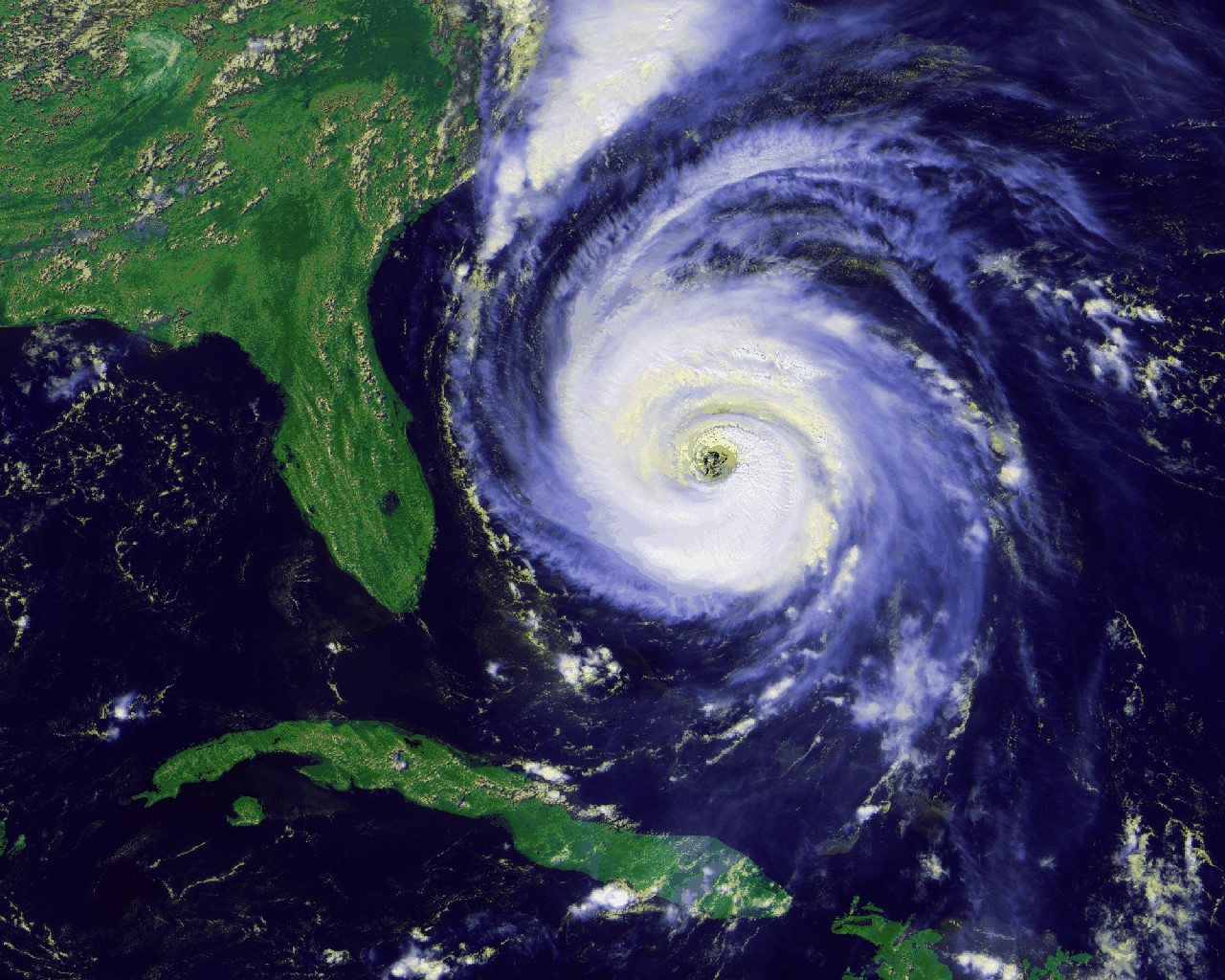Traveling during hurricane season? Chances are you’ll have a great trip without worry. But on the off-chance that a storm looms, here are the basics to understanding hurricane season.
By: Amber Wojcek
When you’re traveling along the coast this summer, you probably won’t encounter a hurricane. On average, only 1-2 hurricanes will make landfall in the U.S. east coast per year. 40% of them touch down in Florida – but the Sunshine State hasn’t even seen one in 8 years! However, it helps to be informed in the event that severe weather puts a damper on your trip. We’re here to help!
When is it?
Hurricane season officially runs from June 1 – November 30, with the most activity from August through October.
What is it?
A storm is classified as a tropical depression when wind speeds are up to 38 mph. Storms 39-73 mph are known as tropical storms and are characterized with rotating circulation. When a tropical storm reaches 74 mph, it is a category 1 hurricane. When winds exceed 155 mph, it becomes a category 5 hurricane. However, categories are not the only predictor of force – category 2 storms have been more destructive than category 5 storms before. Regardless of the category, remember that if an evacuation order is issued, it is mandatory!
Watches and Warnings:
A tropical storm or hurricane watch is an alert that an area may be threatened by the storm in the next 36 hours. A tropical storm or hurricane warning is an alert that the storm is expected within 24 hours.
What to do:
If you’re traveling and a storm forms, stick to these basics –

- • Fill your gas tank and stock your car with water, a first aid kit, and chargers.
- • If you purchased travel insurance, find out what is covered. If you didn’t already have hurricane coverage, you can’t add it once a storm has been named.
- • If you travel with your pets, bring all medical records, extra food and a sturdy carrier.
- • Act early. If you’re staying on a barrier island such as the North Carolina Outer Banks, the Florida Keys, or Hilton Head Island in South Carolina, there are often few (or in the Keys’ case, one) evacuation routes. When a storm is heading in, you might want to cut your trip short or return in a couple of days once the storm has passed.
- • Stay updated and plan your next step. Even with our technology, hurricanes are extremely unpredictable and can change course or move faster than anticipated.
- • Most importantly – follow all instructions!

Where to get information:
The best source of information is from the National Weather Service. Hover over the storm on the map to see its status (pictured). Preset 700 AM on your car radio for updates from The Weather Channel. Finally, The Red Cross offers a free app with a storm tracker; preparedness tips that are available even without mobile connectivity; the ability to tell loved ones you’re safe, even if the power is out; and much more.
Remember, this information is completely precautionary – the chances of you dealing with a hurricane are very low! The best defense is to be informed and to err on the side of caution. Rain or shine, if you need a last-minute place to stay, check out the Hotel Coupons mobile app for great deals around the country. You can search by city or use the location-based feature to find what’s closest to you. It’s available for free on iTunes and Google Play!
Images via Jefferson Parish and NOAA.











